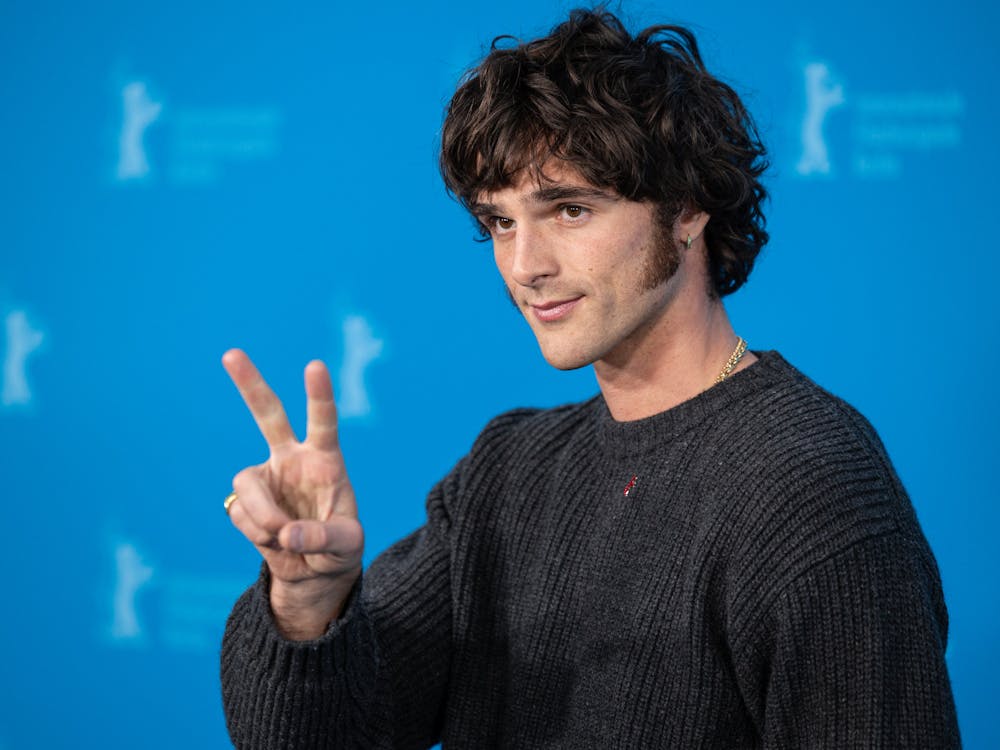If there were ever a genre that screamed for a resolution at its every turn, it would be the whodunnit. Its age-old conventions hinge on moving from the unknown to the known, situating viewers on the edges of their seats right up until the fateful final reveal. In French director Justine Triet’s Palme d’Or winner film, Anatomy of a Fall, the very genre finds itself harshly interrogated. When a mystery reaches its terminus, what do we truly know?
The genesis of a crime, the extent of its aftermath, the relationships that are born and die as a result — it is matters like these, all too often thrown to the wayside, that Anatomy of a Fall turns its attention to. Yet, at the same time, its investigative thrills remain just as taut, if not more enlivened by the powerhouse themes Triet sets in motion. Notions from womanhood to innocence to literary creativity are all dabbed with equal care onto a canvas of marital strife. Exactly how such a cogent collage came to be is, in itself, perhaps another formidable mystery.
Set in the chillingly remote French Alps, 11-year-old Daniel (Milo Machado Graner) returns home after walking his dog to find his father Samuel (Samuel Theis) lying in the snow, dead from a bloody head wound. The wound was discovered to have been purposely inflicted, meaning that his death was no accident. The only other party present was Sandra (Sandra Hüller), Daniel’s mother, supposedly napping when the incident took place. Suspicions immediately fall on her, a prominent novelist whose interview was brusquely interrupted by Samuel’s blaring music earlier that day.
By typical whodunnit standards, Anatomy of a Fall has already failed. The realm of possibilities is squarely binary: Samuel either committed suicide or was pushed by Sandra. As a result, the investigation does not amass the usual ensemble of suspects, but instead drills down into the peculiarities of one family. Daniel is homeschooled, Sandra and Samuel are writers, Sandra is German and Samuel is French — these seemingly arbitrary details figure deeply into the situation at hand in slippery, unpredictable ways.
It doesn’t take long for Sandra’s lawyer, Vincent (Swann Arlaud), to arrive at Sandra’s chalet, in a reunion of fluttering butterflies that had long been laid to rest. Soon thereafter, crime scene reenactments are underway, disturbing the serene countryside with splats of fake bodies and monotone yelling. In a moment when Daniel’s auditory recall is tested, it may doubly be a test of loyalty, naiveté, both — or neither. Demonstrably, tragedy can be reduced to procedure — but Triet is in the game of disquietly assuring us that the tragedies have only begun.
The start of the second act marks a seamless transition into the courtroom, with both sides sending compelling voices to the stand in hopes of illuminating the truth. In the alternation between individual and omniscient viewpoints, Anatomy of a Fall raises pressing questions of perspective. Every change in the shoulder we’re looking over threatens a change in heart, mirroring the ostensibly jarring deliberations of the jury. It’s a constant reminder that every source can be biased and every memory can be rewritten, starting the second the present becomes the past.
In this sense, Triet involves the audience, even placing us in a position of complicity. With the trial, she puts Sandra’s unsmiling, manipulative persona under a microscope — but for as much as you may want to glare at Sandra and her self-righteousness, Triet glares back. She knows how queasily easy it is to sentence Sandra to much worse than she deserves. There are morally dubious women, and then there are morally dubious women with neither the looks nor the youth to save them.
Not unlike her protagonist, Triet herself boldly defies what is expected of her. In depicting even the most major plot points, she is more eager to stimulate discourse than to satiate traditional tastes. But, as is inevitable, only some of her ventures pay off. The camera, at times variably swooping, tends to distract more than enhance, off-key amid otherwise somber notes. And a case could be made that the film overstays its welcome in the courtroom, with talky scenes that go too long to rival the exhilaration of the outside world.
Where Anatomy of a Fall truly shines, however, is in its masterful portrait of a child of an unhappy marriage. Daniel is attuned to every quiver in his environment, a veteran of self-taught coping mechanisms and unwavering poker faces. There’s nothing he hasn’t thought of — not out of willingness, but out of survival. When he loses his father, he also loses a dear friend, and the walls he already has up only grow higher. As the trial wears on, a chasm widens between him and the rest of the world, hungry to swallow what childhood he has left.
Despite its departures, Anatomy of a Fall never deviates from a central thesis of its genre: that the heart of a mystery lies in that which is unseen and unheard. Obscurity never translates to futility, in investigation, discovery or otherwise. Rather, it makes the pondering of the exact same questions infinitely captivating and rewarding. Triet’s closing insights concern the treacherous possibility of choosing a version of the truth. Would a son rather see his father as the victim of a murderous spouse or of a dead-end life? You tell me.
Editor’s Note, 2023: The description of the film’s camerawork has been altered to reflect the writer’s original meaning. The News-Letter regrets this error.





